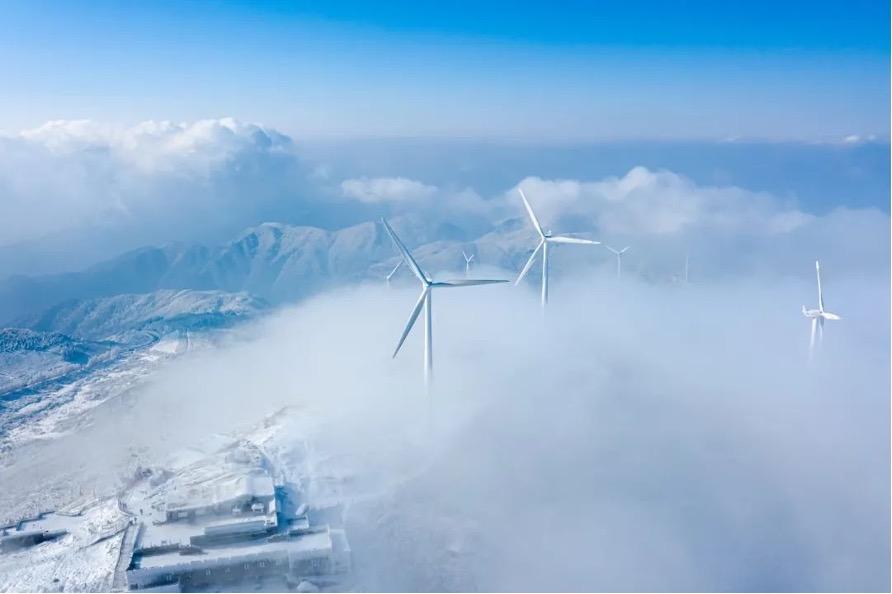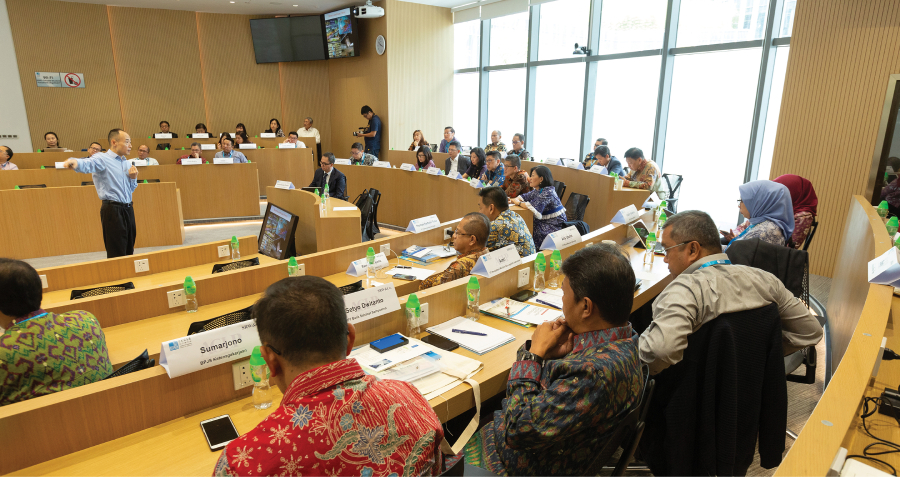Liu Jing – Professor of Accounting and Finance, CKGSB
The EU Emissions Trading System (EU ETS) is the world’s largest carbon trading market with a record high turnover of EUR €760 billion in 2021. It contributed 41% of the global revenue from carbon pricing in 2021 and covered approximately 45% of emissions in the bloc. This article will explore what is unique about the EU ETS, how has it matured over the years, and how can it provide a reference for China’s carbon trading market?
Key Features of the Development of the EU ETS
1. Gradual expansion in member states, industries, and types of greenhouse gas emissions
The EU ETS Initially covered 27 EU member states in 2005 but has expanded to cover most EU countries.
Early on the EU ETS only covered power generation and energy-intensive industries, but later extended to aviation and various industrial production processes. It may include the shipping industry in the future.
Whereas in the first phase (2005-2007), it only covered carbon dioxide, the EU added other greenhouse gases into the system – including nitrous oxide and perfluorocarbons during the second (2008-2012) and third (2013-2020) stages.
2. Allocation of carbon emission allowances have declined
In the third phase, the EU cap on the number of carbon allowances available declined by 1.74%. In the fourth phrase (2021-2030) it is expected to decline further at a rate of 2.2%.
If the allocation of allowances continues to be tightened, it is estimated that by 2030 the total amount of quotas in the carbon market will be only 1.07 billion tons. This is 61% lower than the actual emissions of 2.3 billion tons in 2005.
3. The number of carbon allowances issued via auction is on the rise
Initially, most carbon allowances in the EU ETS were allocated for free to encourage more companies to enter the carbon emission trading system. The distribution of allowances was also based on a company’s historic emissions.
Since the third phase, allocation of free allowances has shifted towards a “benchmarking approach”, whereby allowances are awarded to enterprises that emit below a specific industry benchmark.
Moreover, in the third phase high emitting firms attained fewer free allowances while the EU also increased the proportion of auctioned allowances. From 2013-2020, 57% of all allowances were auctioned to businesses in the EU, which is far above the 5-10% during the previous two phrases. The allocation of allowances in the future will gradually shift to auction based.
4. Monitoring, reporting and verification (MRV) systems and performance and punishment mechanisms have all gradually improved
Strict compliance mechanisms have been put in place in Europe to curtail emissions. At first the EU only issued fines to companies that exceeded their carbon quotas. But from phase two the EU increased penalties from EUR €40/ton to EUR €100/ton and required businesses to make up any excess emissions from the previous year in the year after. These mechanisms prevented companies from exceeding their emissions quotas.
Meanwhile, the EU upgraded the MRV Regulations in the early years to Monitoring and Reporting Regulations (MRR), Accreditation and Verification Regulations (AVR).
Carbon Pricing in Other Countries
Not all economies have adopted mechanisms to reduce carbon emissions:
The United States has yet to implement a unified carbon market at the national level. Nonetheless, its regional carbon trading market – the California Cap-and-Trade Program – has emerged as the world’s most comprehensive carbon market in terms of the industries covered.
Japan mainly uses carbon taxes to curtail emissions. But while a large proportion of carbon emissions are covered by taxes, it still has a low tax rate and lax regulation. There are currently two regional carbon trading markets in Tokyo and Saitama.
South Korea’s emission trading scheme has been in operation for some time and has steadily expanded the number of sectors it covers; however, the market’s disproportionately high percentage of free carbon permits has hindered its effectiveness.
China’s Emissions Trading Scheme (ETS)
Developing nations such as China have a propensity to employ supply-based mechanisms (replacing carbon-based energy with renewables) to achieve carbon neutrality. Carbon markets in these nations are still in their infancy and will require a lot of development.
July 2022 saw the first anniversary of China’s national emission trading system. However, the cumulative trading volume of carbon allowances was only 194 million tons at RMB 8.5 billion. With China’s total carbon quota of 4.5 billion tons, its transaction turnover rate in the carbon market was about 4.3%. Additionally, the carbon price in China’s ETS is around RMB 40-60/ton which is relatively low.
The EU Carbon Border Adjustment Mechanism (CBAM)
As developed countries have to take greater responsibility to reduce carbon emissions and are more restricted by international agreements on climate change, they have to endure higher carbon prices. On the other hand, developing countries have fewer controls on carbon emissions which results in a lower carbon price for domestic businesses.
To encourage global coordination on emissions reduction, the EU reached a deal in 2022 to launch its first carbon border tax: the Carbon Boarder Adjudgment Mechanism (CBAM). Under this mechanism a tax will be levied on products in carbon-intensive sectors to ensure that importers to the EU pay the same cost per ton of carbon as producers located in the EU.
The proposed levy industries include cement, electric power, fertilizer, steel, aluminum, organic chemicals, and plastics. The CBAM is expected to come into force in 2023 as a transitional phase and will be fully implemented from 2027.
The new carbon border tax is likely to hit carbon intensive industries in countries with large exports to the EU.
China will be the hardest hit, as in 2020 exports to the EU amounted to USD $29.7 billion that would be taxed under the CBAM. Chemicals and plastics exports alone in 2020 accounted for USD $12 billion and USD $12.1 billion, respectively. Iron and aluminum exports will also suffer, accounting for USD $4.1 billion and USD $1.4 billion in the same period.
Increasingly heavy carbon border taxes will pose a significant economic challenge for developing countries in five to ten years. The repercussions of a carbon border tax will vary depending upon the amount of high-carbon products they export to the EU, but what is certain is that these countries will take on significant net losses.
Moreover, since a considerable portion of the cost of the carbon border tax will be borne by consumers in developed countries, the tax will be a significant cause of inflation.
This article was translated from Chinese (https://finance.sina.com.cn/cj/2022-12-13/doc-imxwnyvu9167389.shtml)




















